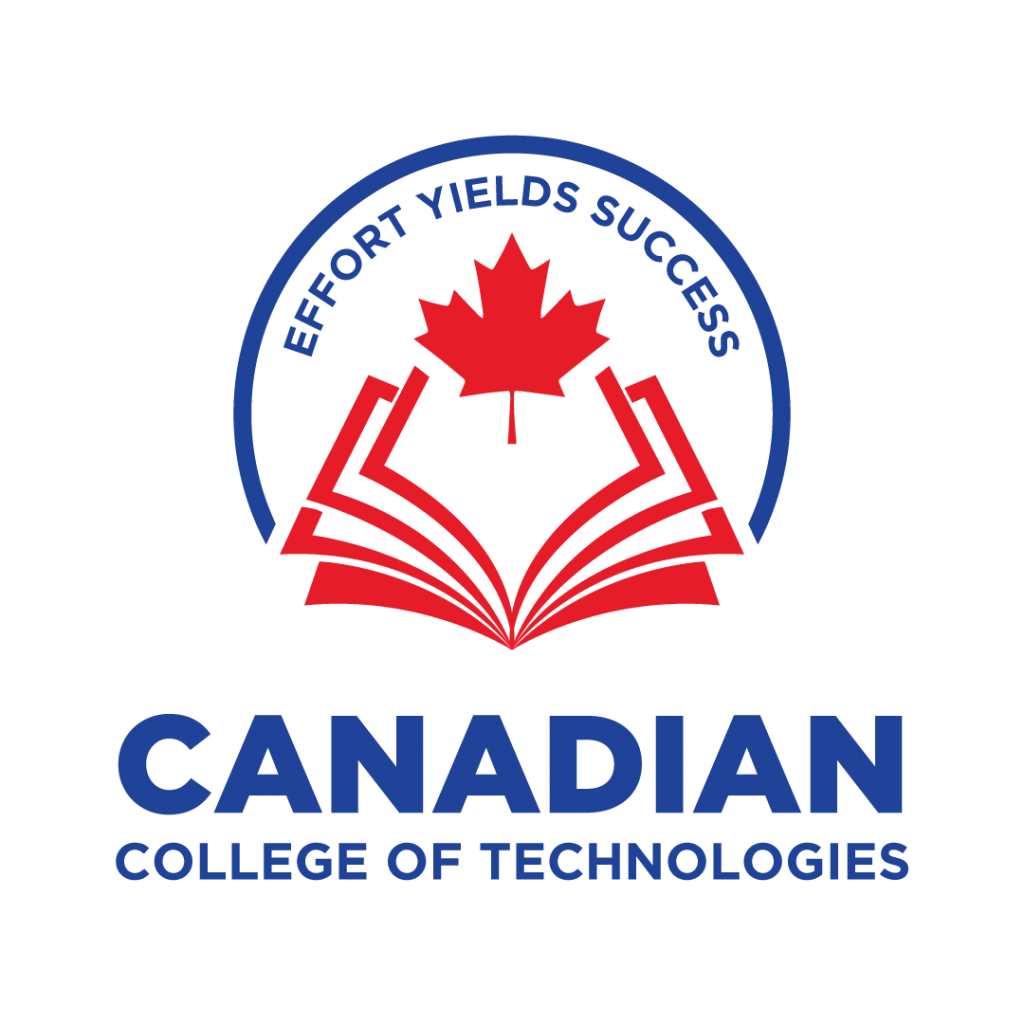Program Overview
CCT College’s Accounting & Payroll program provides you the complete knowledge, skills & strategies required to become a professional accountant. You will gain the in-depth knowledge, skills & strategies required in building your foundations in the field of accounting & payroll.
Who should take this program?
This program is for you if, you are:
- Detailed oriented, organized & a good communicator.
- Do value honesty & integrity.
- Looking to work in any Industry.
- Passionate in number crunching.
- Will to spend time helping people.




